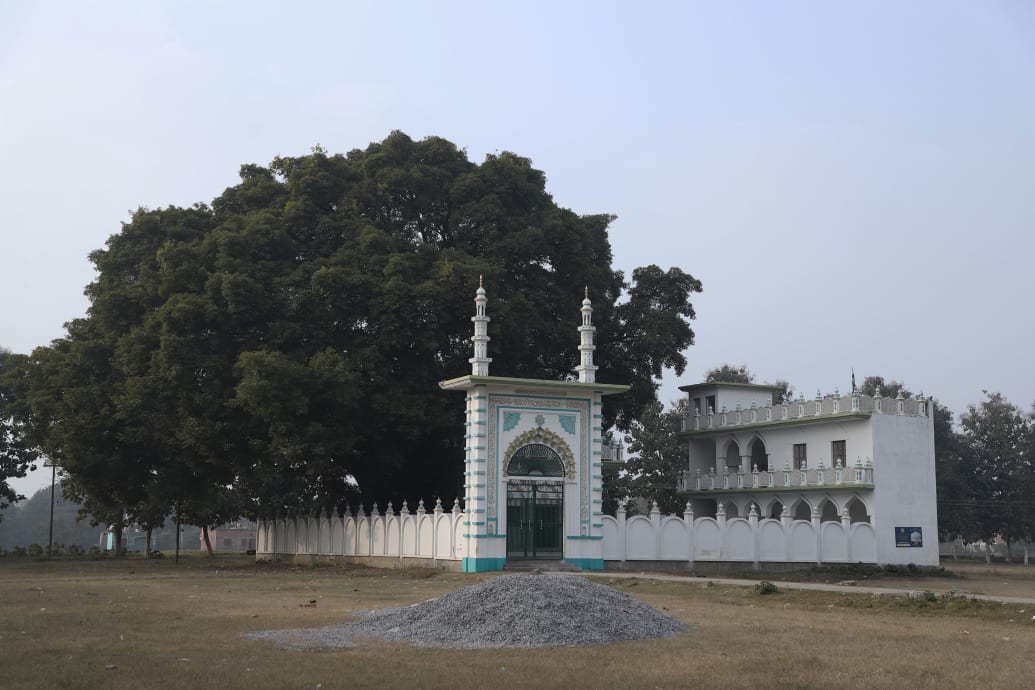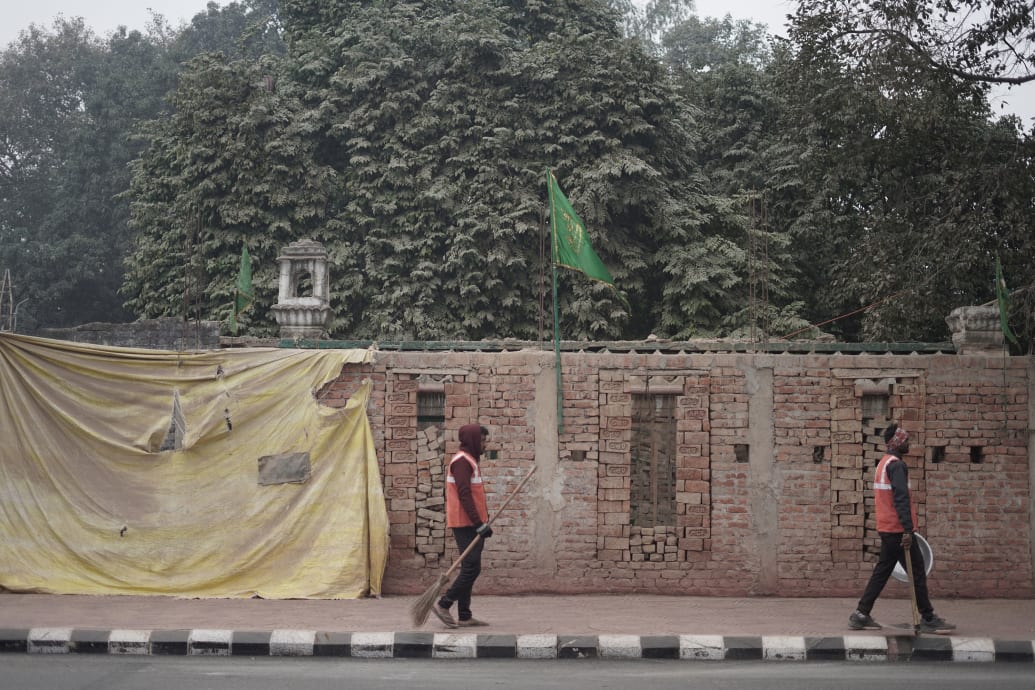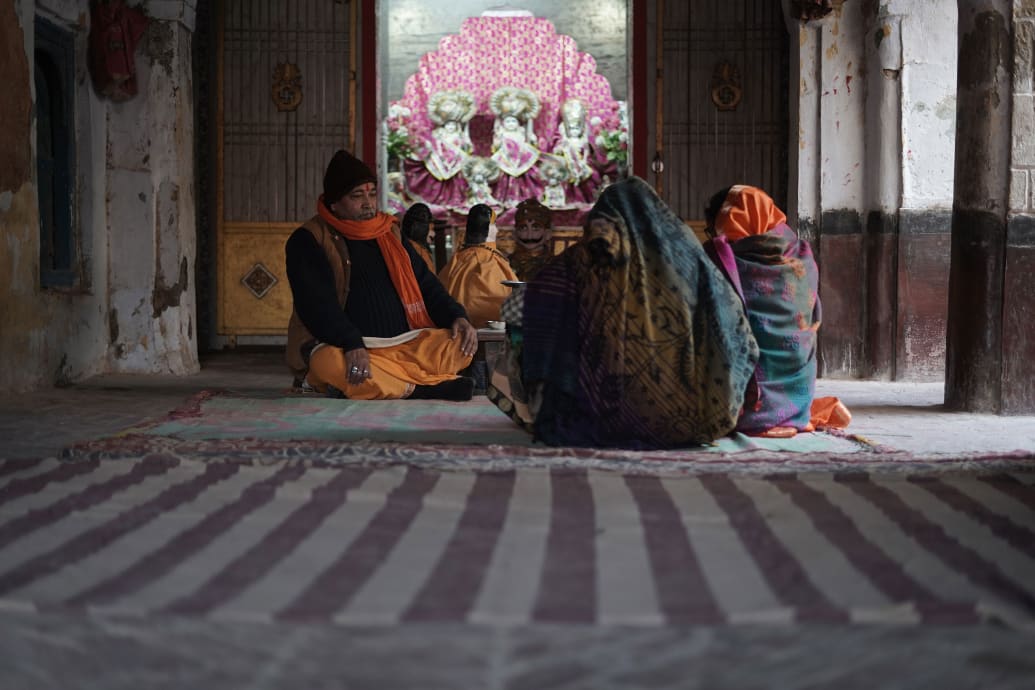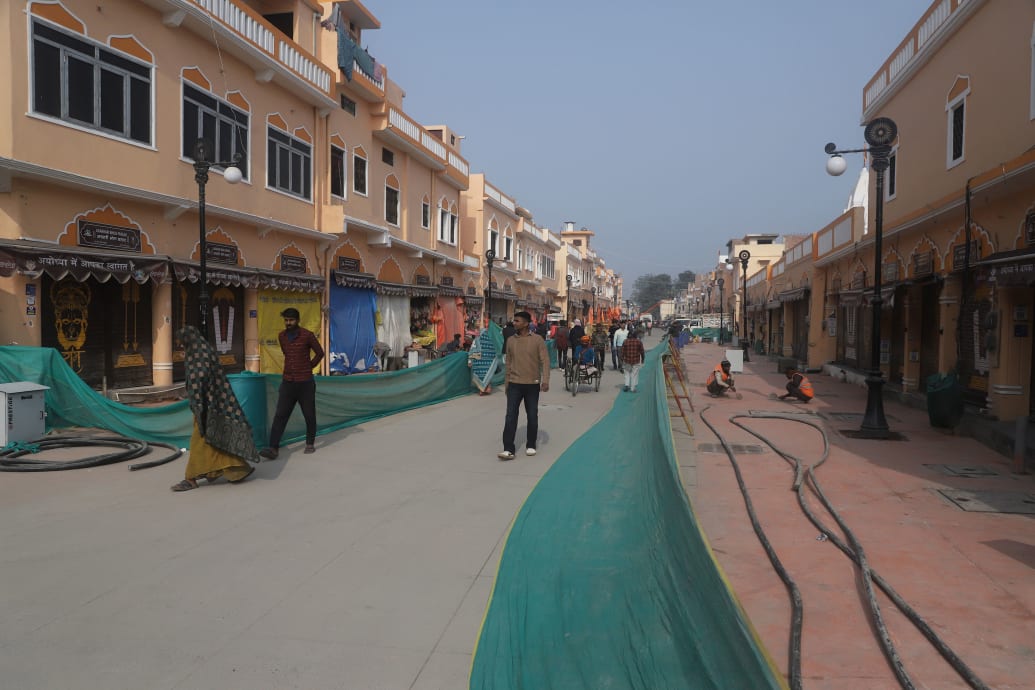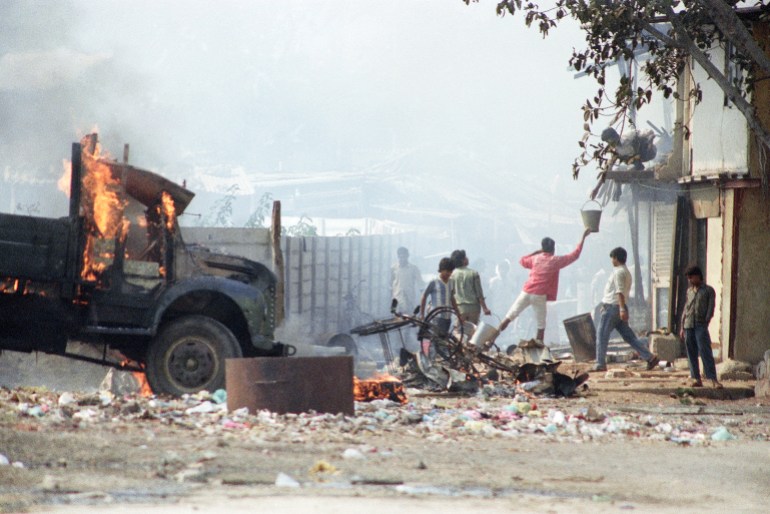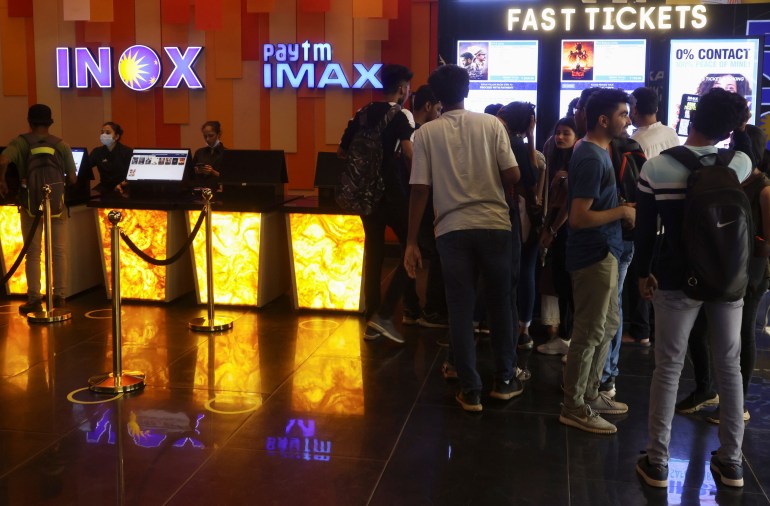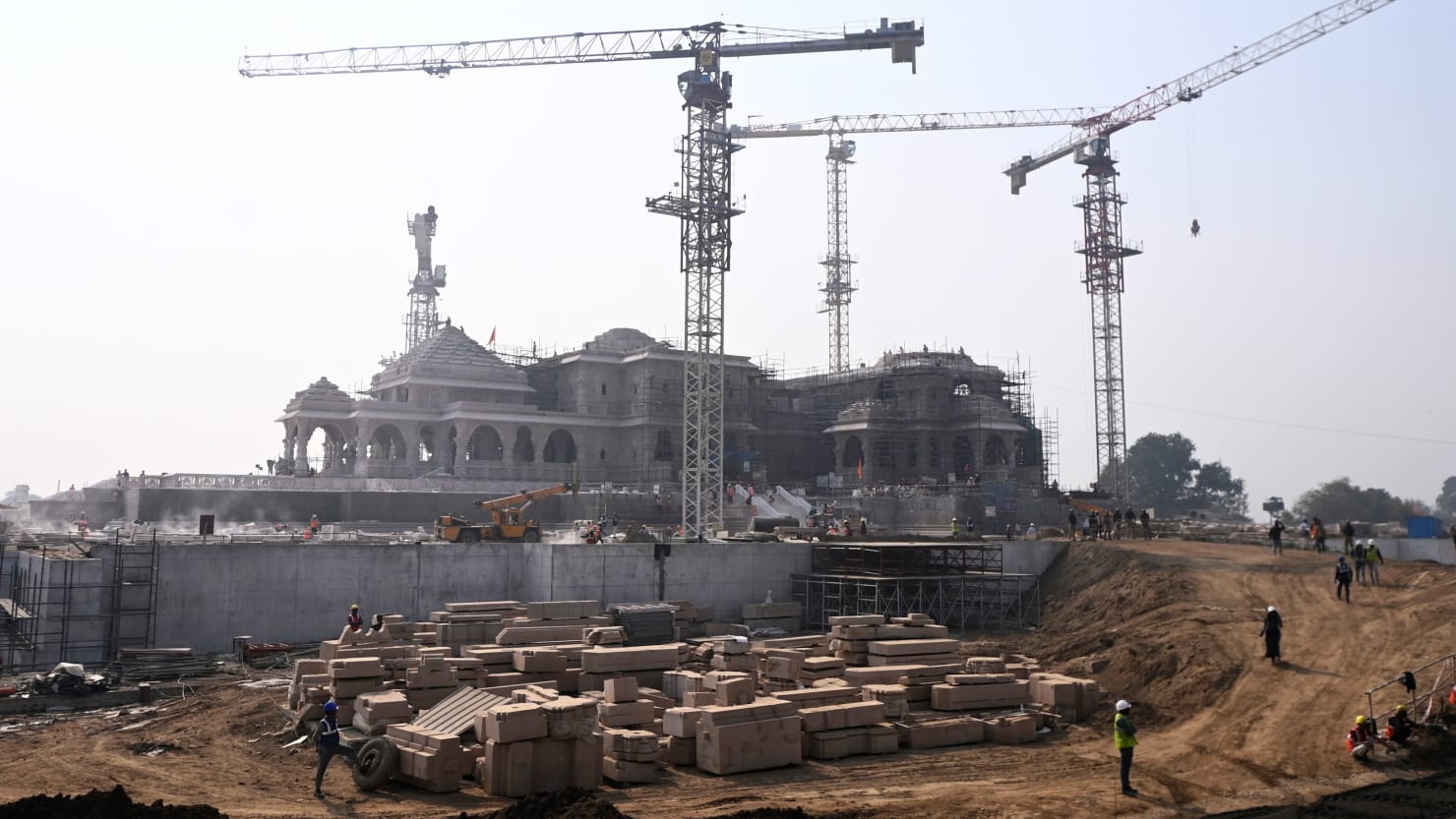
The Ram Mandir temple in Ayodhya, India is set to be inaugurated on Monday. However, the temple will not be finished before it's dedicated. Despite this fact, fervent Hindus from all over India are already visiting and expressing gratitude to BJP for fulfilling their dreams of seeing a new Ram Mandir in Ayodhya. The temple is being constructed on the site where a 16th-century Babri Masjid once stood. This has sparked controversy, as Muslims have expressed concern about the destruction of an important Islamic holy site and its replacement with a Hindu temple.
